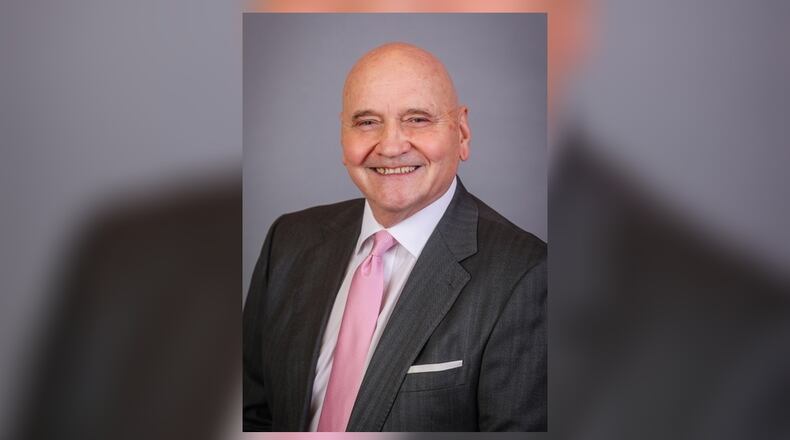Under HB 331, every village in Ohio will be evaluated after each U.S. Census. To remain on solid footing, a village must provide at least five of ten core services — things like police protection, fire, EMS, water, sewer, road maintenance, parks, or a library. These are not luxuries; they are the basics that justify having a separate level of government. When villages can’t meet that threshold, services are often contracted out piecemeal, leaving residents paying for inefficiency. Duplicate administrations, underfunded departments, and overlapping responsibilities all translate into higher taxes for fewer results. HB 331 ensures taxpayers have a chance to say: either our village government is doing the job, or it’s time to let the township take over.
The Ballot Box Problem
Equally troubling is the growing difficulty of finding people willing to serve in small village governments. Across Ohio, villages regularly fail to place candidates on the ballot for mayor or council seats. Without citizens stepping forward, offices remain vacant or filled by appointment, weakening the democratic foundation of local government. HB 331 makes this a key test. If a village can’t field at least one candidate for every elected office during the review period, that’s evidence the system is no longer working as intended. It’s not fair to taxpayers to fund a government nobody is willing to run.
Identity and Community Pride
None of this discounts the importance of village identity. A village’s name, history, and culture don’t vanish with a change in government structure. Communities will always be proud of who they are. Dissolution simply means that instead of shouldering the costs of an underperforming government, residents would receive services through the township or county. Identity remains; financial responsibility is streamlined.
A Responsible Role for Government
The heart of HB 331 is about protecting citizens from bearing the costs of governments that no longer function. It is about transparency, accountability, and fiscal fairness. While villages can and should remain strong where they meet the needs of residents, we must also acknowledge the reality that clinging to structures without capacity serves no one — least of all the taxpayers footing the bill.
Summary
In the coming years, as the results of the 2030 Census trigger the first round of reviews, Ohioans will be asked to weigh their options at the ballot box. That decision will not be about erasing a community’s legacy, but about ensuring that government — at every level — works effectively for the people it represents. Because in the end, government is not about protecting lines on a map. It is about delivering services fairly, keeping taxes responsible, and ensuring every Ohioan has a voice in how their community is run. HB 331 helps us get there.
State Representative Tom Young is serving his third term in the Ohio House of Representatives. He represents the 37th House District, which covers southern Montgomery County. You can reach his office at rep37@ohiohouse.gov.
About the Author
